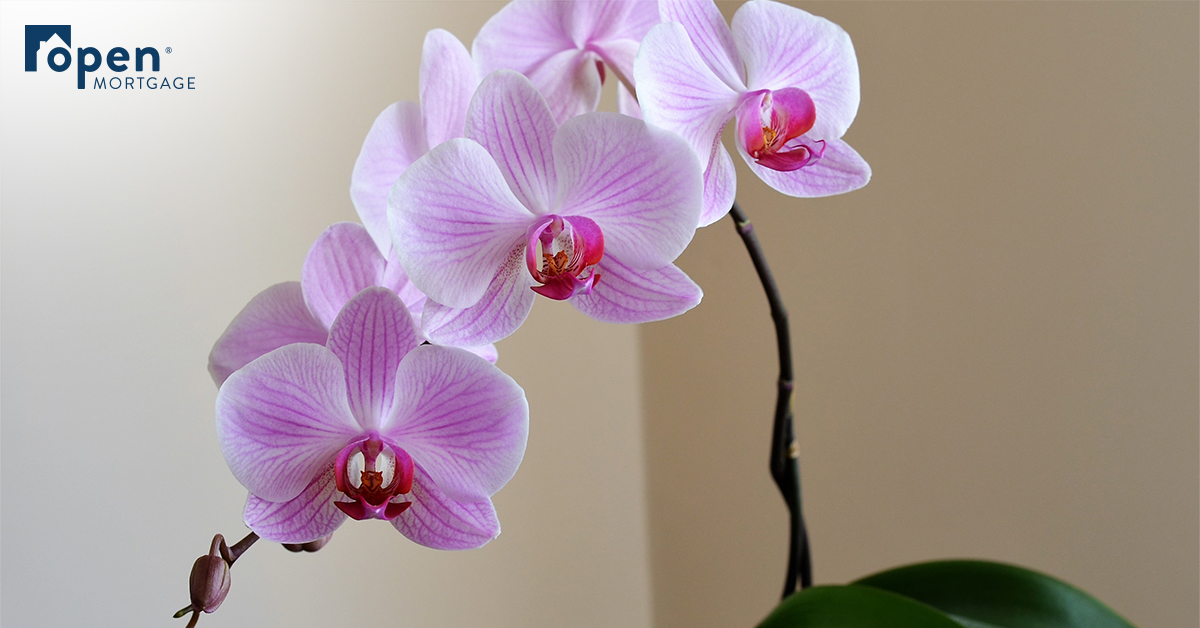
3 Plants Every Homeowner Should Keep Inside The House
Are you green with envy when you walk into someone’s house beautifully adorned with well-maintained plants? Don’t be! Anyone can have a house full of plants if you pick the right ones. House plants don’t only function as beautiful reminders of the outdoors for homeowners, they also help purify the air, reduce carbon dioxide, lower stress and boost your mood. Going green never felt so good — it *is* sometimes easy being green.
Air Plant
If you’re the type of person who can’t remember to regularly water a plant, try your hand at an air plant, which when going by its fancy name, is called a tillandsia. You don’t even need a pot, because air plants require no soil for survival. Some varieties even bloom. Air plants get their nutrients and water from the air, and can grow indoors and outdoors.
Care instructions: If you’re living in a climate where the conditions are dry (or if you run your air conditioning regularly) you’ll want to submerge your air plant in water for half an hour once a month. Then, lay it on a towel in a sunny area to allow it to dry. Air plants can be nestled onto bookshelves, into bowls, or rest on a seashell. They do best with bright, indirect light.
Phalaenopsis Orchid
There is a reason why orchids are found at many grocery stores: Phalaenopsis isn’t too hard to keep alive. Orchids are an easy way to warm up a room and add exotic color and interest.
Care instructions: First, be sure that your orchid is getting bright, indirect light. A north-facing window is a good spot to keep an orchid. Second, remember that orchids are tropical plants, so they need at least 50% humidity in their pot. If you give your orchid two ice cubes once a week and make sure a fan or air vents aren’t blowing directly on the orchid, the humidity level should be just right. Finally, after your orchid blooms and there is no sign of tiny green buds developing, trim down its woody stem to the base of the plant using sharp, clean scissors. The plant will then direct its energy into growing a new stem (and then new blooms) instead of trying to revitalize a spent stem.
Peace Lily
NASA research shows that the peace lily cleans impurities from the air, meaning you can breathe a little easier if you choose this houseplant. It also does well in medium to low light conditions, so if you don’t have a lot of natural light, and you’d like a blooming plant, a peace lily is for you.
Care instructions: Make sure the plant doesn’t get too hot or too cold (which should be an easy task inside a climate-controlled home). Use a potted plant fertilizer in spring and summer to encourage the plant to bloom. Don’t water unless you see your plant droop — which means it’s time for a drink! Like camels, the peace lily is fairly drought resistant, but likes to take a big gulp when it’s time to hydrate.
 Search
Search




